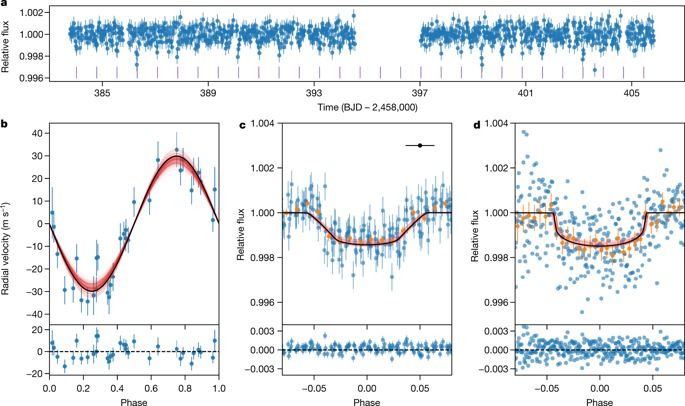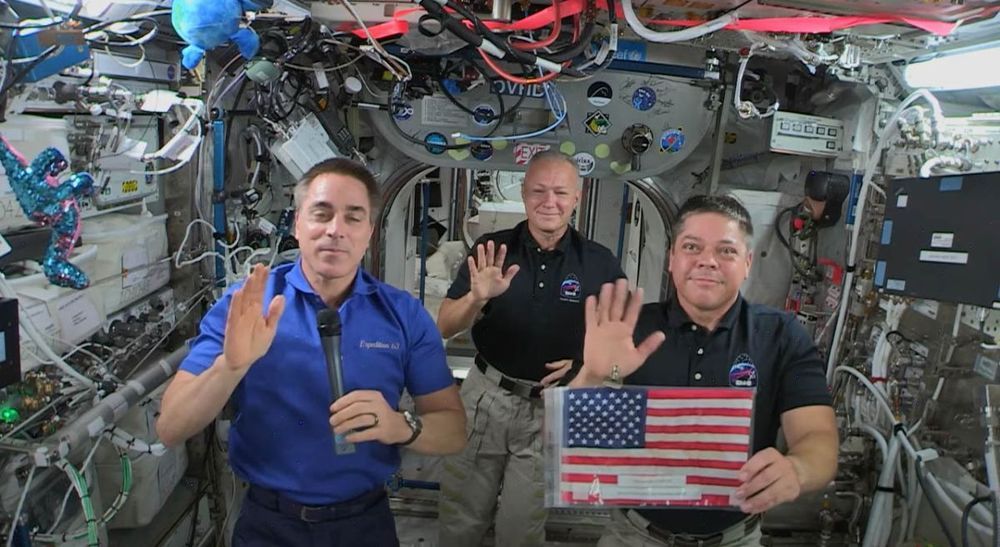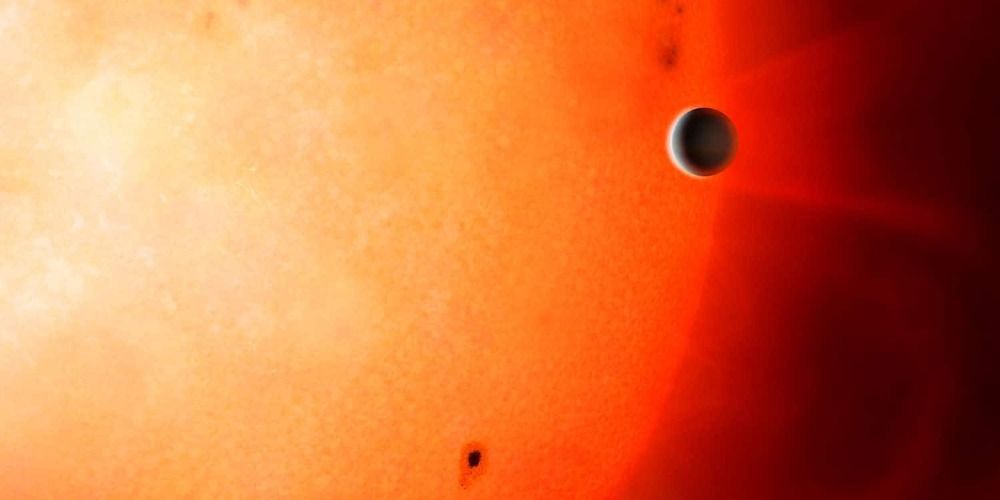NASA is bringing the smell of space to Earth with a new fragrance called Eau de Space. The fragrance was developed by chemist Steve Pearce, who was contracted by NASA in 2008 to recreate the scent of space.
With his knowledge of flavor and fragrance chemistry, Pearce used astronauts’ descriptions of the smell of space to come up with combinations to match what was described as “ozone, hot metal, and fried steak,” CNN reports.
“It’s a bitter kind of smell in addition to being smoky and burned, kind of like a smell from a gun, right after you fire the shot,” astronaut Peggy Whitson told CNN. Eau de Space product manager, Matt Richmond, said he has struggled to accurately describe the fragrance’s scent, adding that astronauts have also likened the smell to “a mix of gunpowder, seared steak, raspberries, and rum.”





